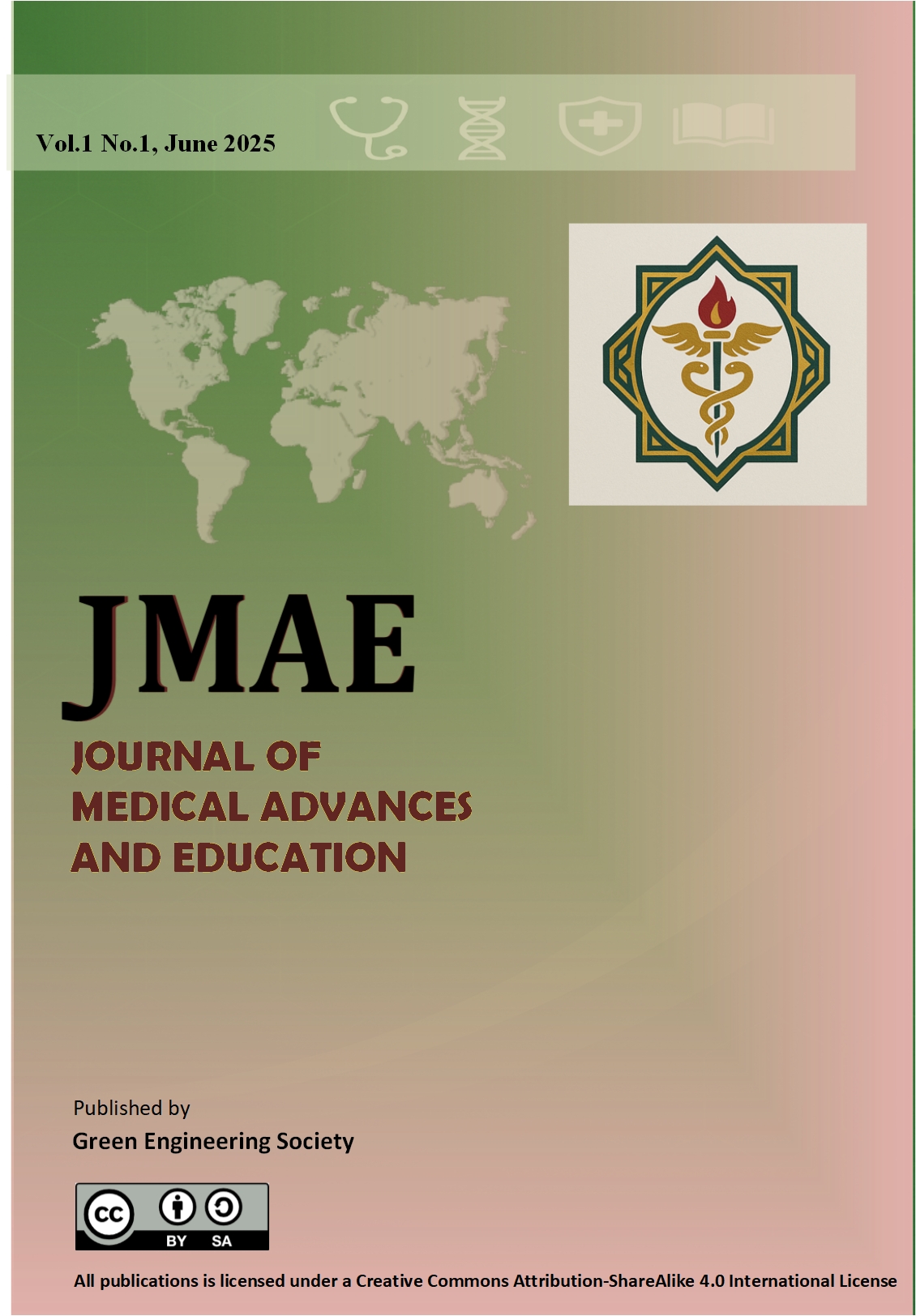Predictors of low serum 25-hydroxyvitamin D levels in young female adults from an equatorial city in Indonesia
##plugins.themes.academic_pro.article.main##
Abstract
Vitamin D has pleiotropic effects on women's health. Recent studies point out the alarming rate of vitamin D deficiency/insufficiency in women of various ethnicities and geographical locations. Our objective was to identify lifestyle and dietary factors related to serum 25-hydroxyvitamin D (25(OH)D) levels in young women of Minangkabau ethnicity residing in an equatorial city in Indonesia. A cross-sectional study was performed on 80 healthy females (17-25 years). Their lifestyle and dietary characteristics were assessed by a structured interview. A 24-hour food recall was performed to assess dietary intake. The skin pigmentation type was identified according to Fitzpatrick's scale. Sleep quality was examined by the Pittsburgh Sleep Quality Index (PSQI). Serum 25(OH)D concentration was measured by the ELISA method. Predictors of serum 25(OH)D level were analyzed using multiple linear regressions. Nearly all subjects (97.5%) were deficient/insufficient (≤20 ng/ml) of vitamin D (median 25(OH)D of 10.5 ng/ml). The regression model (adjusted R2=0.782) showed that predictors of serum 25(OH)D levels were PSQI score (β=-0.436, p<0.001), estimated dietary vitamin D intake (β=0.327, p<0.001), and sunscreen application (β=-0.229, p<0.001). Modification of sleep habits and dietary intake is recommended to improve serum 25(OH)D levels in young women of an equatorial city in Indonesia.

